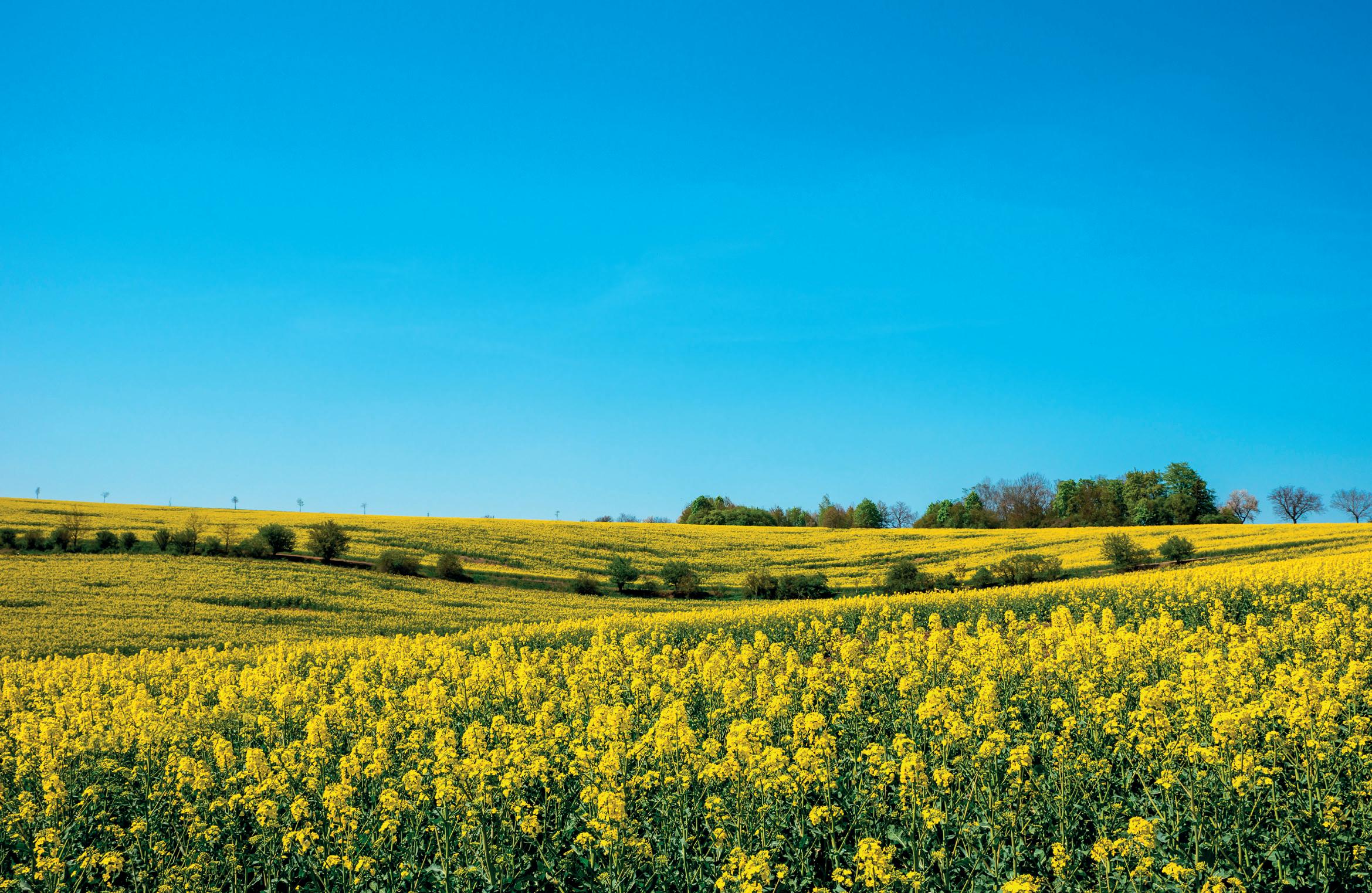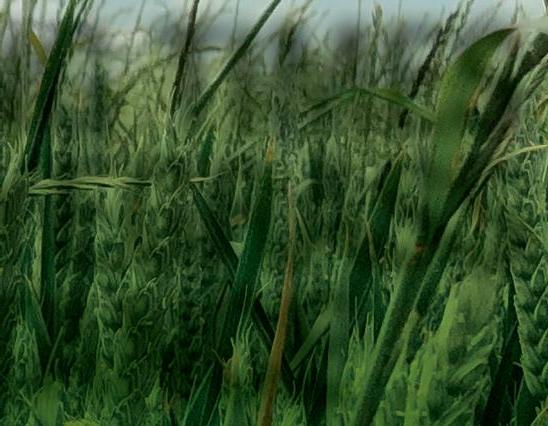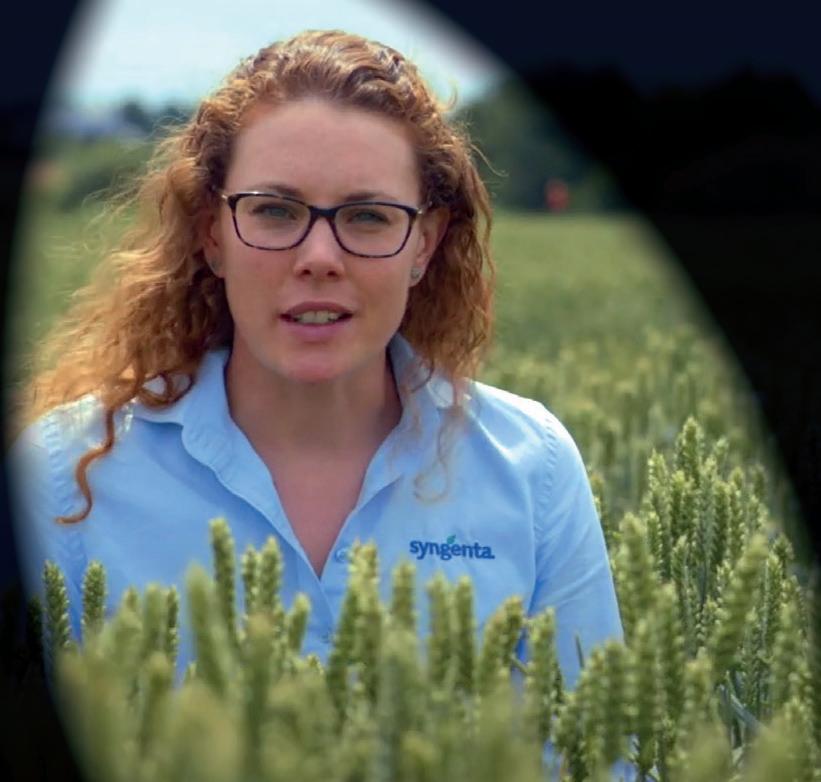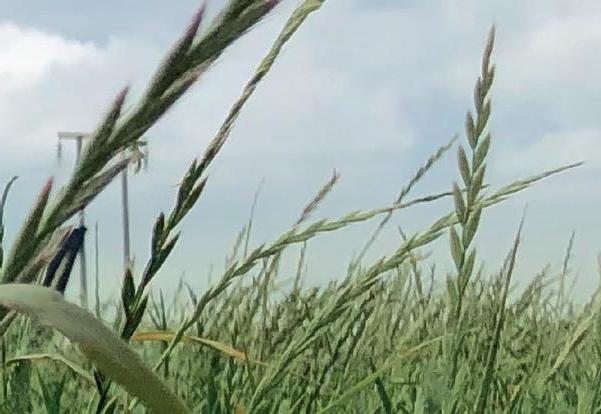
10 minute read
STEPHEN CARR
LESSONS FROM DISTRESSING DISASTER

News of the fi nancial collapse of grain merchant Alexander Inglis & Son, based near Tranent in East Lothian, a leading supplier of grain to Scotland’s whisky and distilling industries, seems like a distant problem for an arable farmer in the South East of England. But are there lessons we can all learn from this distressing disaster?
The merchant was put into administration in May and emotions are running high among farmers who fear that they will never be paid fully for grain sold through the company or stored in its silos.
There were few warning signs to alert farmers of the fi rm’s imminent collapse. Only last December, the business recorded a profi t of £1.77 million on a turnover of £99 million. Over the past decade, the merchant has purchased an additional 100,000 tonnes of storage, complete with a grain-drying complex. It boasted facilities in the Lothians, Perthshire and Northumberland.
To top it all, it was owned by Jim Aitken, captain of Scotland’s Grand Slamwinning rugby team of 1984, and his family.
But it turns out that the directors of the fi rm had been resigning since December. Now administrators have been appointed and they have reported that the stores hold “signifi cantly less grain than expected”, which means there is not likely to be enough grain to meet the claims of creditors.
It also appears that what consignments of grain there are in the fi rm’s stores have not been stored separately. This makes it nigh on impossible for arable farmer clients to identify their grain which, in turn, has led the administrators to declare that they “will sell the stock of grain that is in the stores and place the funds on account”. As usual in such cases, it seems that farmers will be well down the queue of creditors.
For arable farmers, grain merchant insolvency is a cruel blow. We learn to live with what nature throws at us: adverse weather, disease and pests. We accept that we also have to grapple with the vagaries of subsidy systems, trade policy and arable commodity price volatility. But we all like to think that once we have ‘harvest home’, our crops are safe. To fi nd out that grain was anything but safe in Alexander Inglis & Son’s stores is the stuff of an arable farmer’s worst nightmare.
The potential for grain merchant payment default has been the main reason why I have always been a member of a farming cooperative that off ers payment insurance on most of the value of any grain contract. I have occasionally sold grain direct to a merchant with payment not insured, but the premium has had to be large and the tonnage small.
The freedom to be able to sell considerable tonnages (say, 1,000 tonnes of milling wheat on a single contract for delivery in one calendar month) and not have to worry about whether I am going to be paid, is worth every penny of the insurance premiums involved. I’m not a particularly ‘cooperative’ minded farmer, but group grain sale insurance has always persuaded me to pay the membership subscriptions without a second thought.


STEPHEN CARR
Arable farmer
t
KPS ARE THE LEADING COMPOST PRODUCERS IN SUSSEX
Our composts are manufactured to British Standards.
·Ideal for improving soil structure whilst adding nutrients and balancing water control · Suitable for arable, orchard, vineyard, greenhouse, allotment and garden · We have various grades available · Both bulk and small orders welcome

AN ESTABLISHED FAMILY BUSINESS, FOR OVER 35 YEARS CALL US ON 01444 831 010
EMAIL COMPOSTING@KPS.UK.COM WEBSITE KPS.UK.COM




The key to success is drilling crops early into good conditions to establish strong, healthy, deep-rooted plants with greater resilience.
Before deciding to grow any crop, oilseed rape being no exception, it is important to identify the yield required to break even and then ask whether or not this can be practicably achieved.
Consider alternative break crops and other options, such as the two-year legume mix within the Countryside Stewardship Scheme which, at a payment of £522/ha, eff ectively sets a ‘fl oor’ for the potential returns possible and means an OSR yield of at least 2.3 t/ha is needed to make this a better option fi nancially.
SIX-POINT PLAN TO BETTER OSR RESULTS 1. ROTATION
• Oilseed rape should ideally be grown no closer than one year in fi ve or six to avoid building pressure from pests like cabbage stem fl ea beetle (CSFB) and diseases such as clubroot. • A wider rotation gives more time to plan the best entry for early OSR establishment, which is often a preceding winter barley crop. Early-harvested wheat, or in bad black-grass situations where a double-break is needed, peas, can also be suitable entries, both for timeliness of drilling and for leaving soils in better condition after harvest than they may be following winter wheat.
2. SOIL MANAGEMENT
• Underlying soil structure issues, such as compaction, must be rectifi ed in preceding seasons, as current pressures on establishment mean it is not eff ective to combine OSR sowing with subsoiling. • Aim for a friable surface that OSR can be drilled straight into, as preserving seedbed moisture is critical to establishing rape successfully at what is usually a dry time of year.
3. DRILLING
• Given rape’s small seed size and the need for fast, even establishment to counter pest threats, it is essential to maximise seed-to-soil contact
PRACTICAL STEPS TOWARDS BETTER
OSR RESULTS THIS AUTUMN
With oilseed rape prices signifi cantly higher than this time last year, there could be more of the crop going into the ground this autumn. But before making a fi nal decision, regional director James Short urges growers to think carefully about how they will get crops to perform well amidst the many establishment challenges.
and achieve consistently accurate sowing depth, whether using a tine or disc-based drill. • Avoid sowing any deeper than 5cm, otherwise seed is unlikely to germinate. Also, resist the temptation to push seed rates too high as this is likely to result in more plants with thinner stems prone to CSFB larval damage. It also exacerbates intra-crop competition for water and nutrients. • Early sowing at lower seed rates generally produces bigger plants able to develop stronger stems, well-branched canopies and more extensive root systems. Typically, 25-30 established plants/m2 is optimum for yield, but 40-50/m2 may give leeway for some establishment losses.
4. NUTRITION
• Placement fertiliser at drilling can benefi t
OSR establishment as nutrients are more easily available to young plants with limited scavenging ability. This is particularly true for phosphate, which is vital for root development but has poor soil mobility so must be close to the seed. Seedbed nitrogen is also benefi cial for early growth. Typically around 30 kg/ha of each
should be suffi cient. • Early spring nitrogen may also be benefi cial to
“feed” spring vigour.
5. TRAP CROPS
• Leaving volunteer OSR to grow in other fi elds after harvest can provide a useful ‘trap crop’ to divert CSFB away from newly-sown crops.
However, destruction must be timed carefully to reduce the risk of adults migrating into the new crop. • Be aware that volunteer OSR can dry soils signifi cantly, potentially creating issues for a following winter wheat, so consider raking out a proportion of OSR volunteers and drill other catch crop species into it. The variation in root structures of plants like buckwheat, berseem clover or vetch improves moisture management.
6. MANAGE OTHER PESTS
• The yield impact of any damage from slugs and pigeons is likely to be exacerbated where crops are already struggling to overcome CSFB.
Monitor closely and apply appropriate controls where required.

JAMES SHORT
Regional director, Hutchinsons
T: 07721 567083 E: James.short@hlhltd.co.uk Canterbury: 01227 830064
www.hlhltd.co.uk




GEORGINA WOOD
Syngenta Technical Manager and grass weed expert



BLACK-GRASS DORMANCY SETS SEASONAL DECISIONS A BETTER UNDERSTANDING OF BLACK-GRASS TESTING TIMES FOR RYEGRASS DORMANCY COULD ALLOW ADJUSTMENTS IN GRASS WEED AGRONOMY THIS SEASON, TO MAXIMISE CONTROL. RESISTANCE
A BETTER UNDERSTANDING OF THE RESISTANCE STATUS OF RYEGRASS, ALONG WITH TESTING AND MAPPING OF PROBLEMATIC POPULATIONS, WILL HELP GROWERS TO DEVELOP A YEARON-YEAR STRATEGY TO KEEP ON TOP OF THE PROBLEM, ADVOCATES SYNGENTA HERBICIDE TECHNICAL MANAGER, GEORGINA WOOD.
“Herbicide resistance could be indicated by a gradual decline in overall efficacy of control, or where patches or weeds remain
uncontrolled, despite receiving applications,” she explained. If one grass weed species has been controlled, but not another, that would indicate that the application has been effective, but resistance is more likely an issue.
“Where resistance is suspected it’s a really good idea to get ryegrass seed tested, and now is the time to be thinking about
that,” she urged. It also helps to focus attention on the all-important autumn pre-emergence herbicide programmes for ryegrass.
Ryegrass seed may be mature for collection from early July, but more typically in mid to late July. Seeds should be sampled when they are brown and fall off the panicle when gently brushed with the hand; if they need to be forcibly rubbed off the plant, it’s too early.
Georgina highlighted that mapping areas of ryegrass during the growing season, with the Syngenta Protector scouting app, for example, makes it quicker and more accurate to return to the precise spot for sampling.
“The development of resistance isn’t necessarily ubiquitous across the farm, so where there is an issue developing in the corner of one field, for example, there may not be an issue in the field next door,” she advised. “Mapping is one way to understand this detail, to help develop a targeted strategy for the future.”
Resistance testing requires around a mug of seed (approx. 250-300 ml), which should be allowed to dry fully before being bagged to send for testing. Samples submitted to testing labs by the end of July, would normally have results back by the end of September, to aid agronomy decision making.
RESISTANCE ACTION
The Weed Resistance Action Group, WRAG, has warned that once resistance has developed, it does not go away. It urges growers and agronomists to spot resistance early, a move reported to be much cheaper to stop resistance developing, compared to subsequent measures to resolve issues.
WRAG highlights in a 10-point Action Plan that the development of herbicide resistance is within growers’ control and identifies resistance tests as a valuable management tool.
“All growers should increasingly be looking at good practice of integrating cultural controls within their herbicide strategy, to minimise the risk of resistance developing,” advised Georgina. “Where an issue has been identified to contact chemistry, it further focuses the attention on cultural controls and making best use of DEFY®-based mixes as a pre-emergence treatment.”
Download new Syngenta Spray Assist with added improvements
Syngenta UK Ltd. Registered in England No. 849037. CPC4 Capital Park, Fulbourn, Cambridge CB21 5XE. Tel: +44 (0) 1223 883400 Technical Enquiries: +44 (0) 800 1696058 Email: customer.services@syngenta.com. DEFY® is a Registered Trademark of Syngenta Group Company. DEFY (MAPP 16202) contains prosulfocarb. All other brand names used are trademarks of other manufacturers in which proprietary rights may exist. Use plant protection products safely. Always read the label and product
information before use. For further product information, warning phrases and symbols refer to www.syngenta.co.uk.
©Syngenta UK Ltd. June 2021. 11532.










